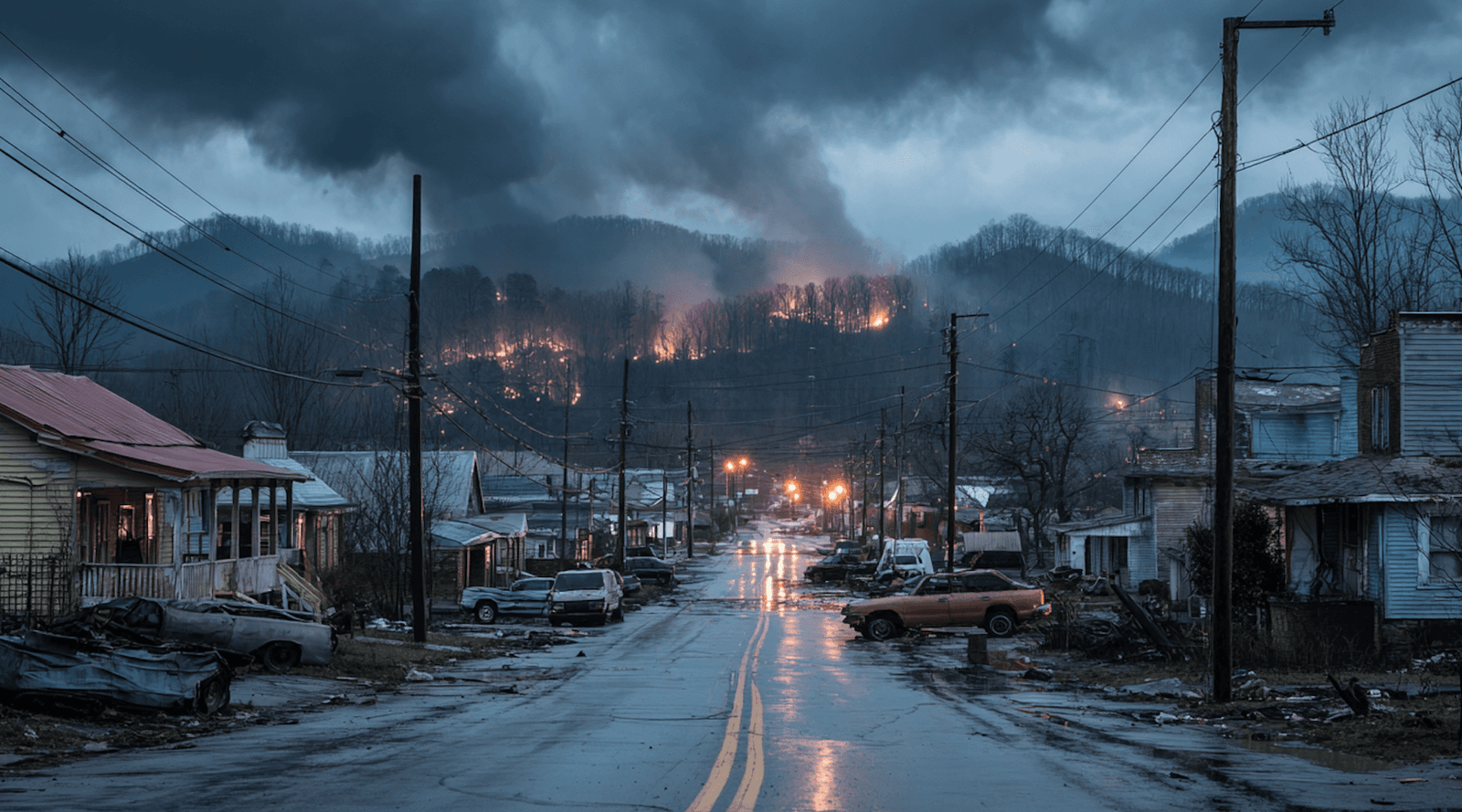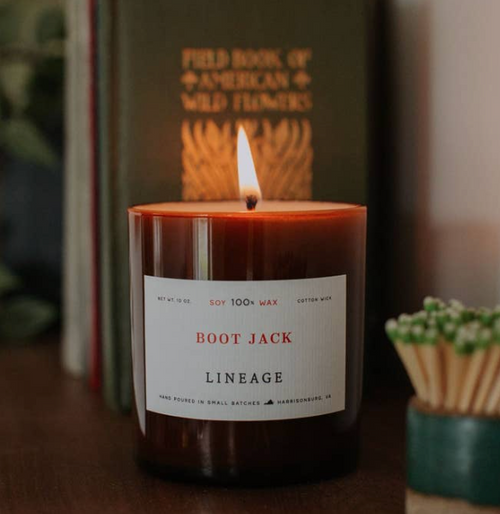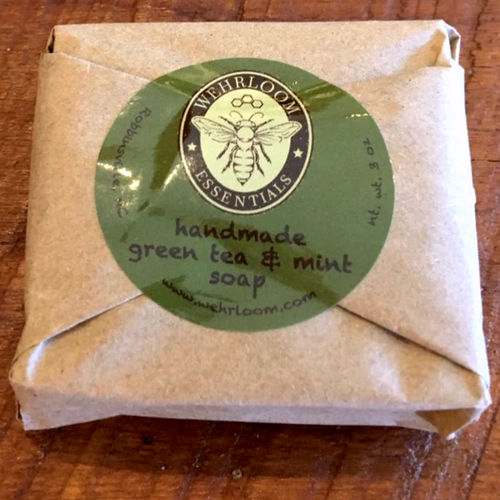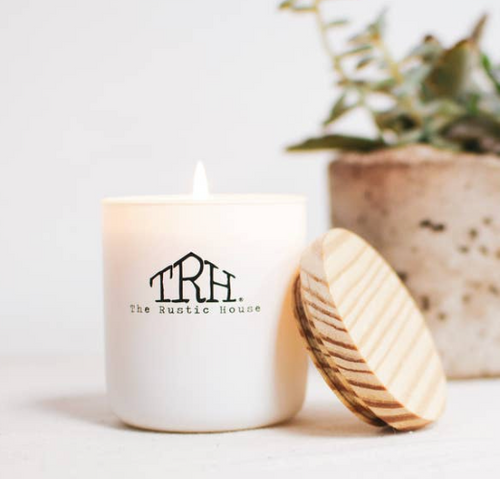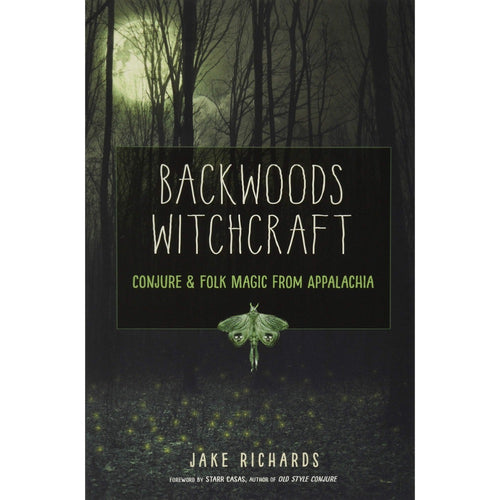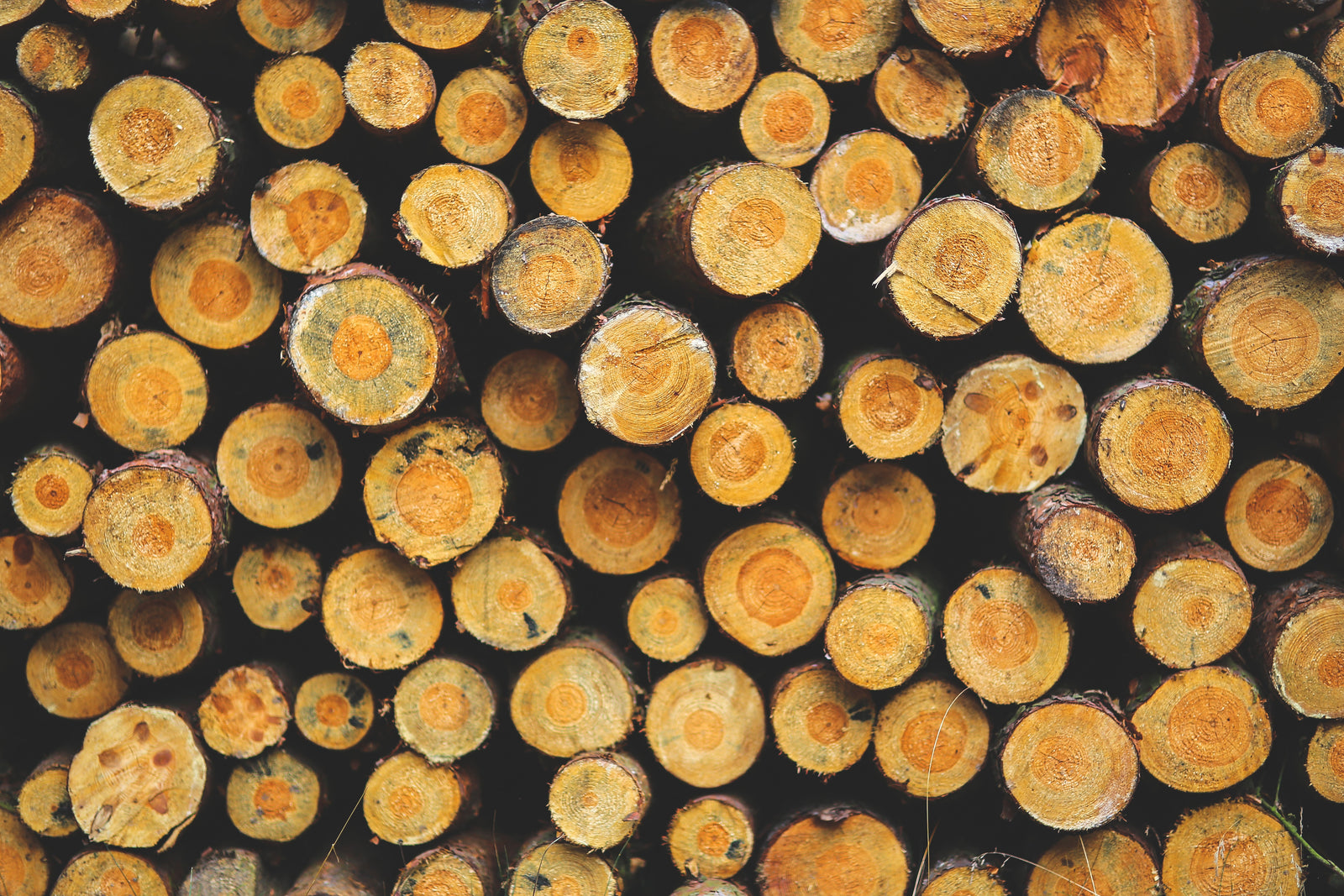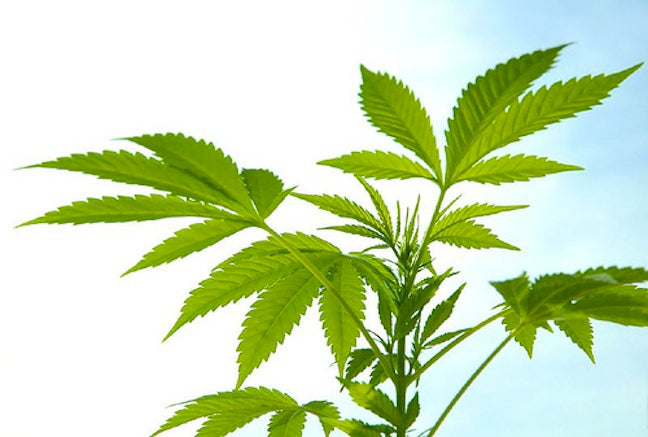
For instance, the world's largest coal company, Peabody Energy, earned $1.82 billion in 2010. That figure is based on worldwide production, and it is still dwarfed by the $4 billion pot industry in the Appalachian region.
The roots of this economic juggernaut can be found in the organic gardens and geodesic domes of the 1960s. If you're over the age of thirty-five, you no doubt knew some long haired, peace luvin', mountain hippies who had a private patch of weed. Some folks grew it under fluorescent lights in their back rooms. Others mixed it into their flower boxes. I know one couple who planted their prized hemp in a retired pig pen. To this day, they swear it was the most productive crop they've ever seen.
Wherever folks grew it, everybody seemed to be raising a little bud. Heck, you could openly buy Fertilizer for Cannabis in some areas. Over the years, some of them started raising a lot of it. Full scale pot farms began to emerge as a serious economic force in Appalachia, eventually making ganja the biggest cash crop in the region.
[caption id="" align="alignleft" width="252"]
 Plants seized in Charleston, WV[/caption]
Plants seized in Charleston, WV[/caption]Gary Potter, an Eastern Kentucky University professor who researches the marijuana trade, says that the proprietors of pot farms were, until a while back, friendly, approachable types. If you stumbled upon a marijuana field twenty years ago, he says, the owner would greet you and offer you a joint. "Now," he adds, "they're chasing you away with rifles."
Gun toting is rough, but some of the tactics that are used to protect pot crops verge on the sadistic. "We've had officers caught in fish hooks with fishing line at eye level," Sargent Jim Ingram of the Kentucky State Police tells The History Channel, "And we've had pipe bombs...explosive devices that were inside a marijuana plot."
Officers have been maimed and even killed as they've searched for stands of marijuana. Nearly as disturbing are the places that they're having to search--our national parks. Some of the biggest farms are woven into public lands. Deep in the heart of sprawling, protected forests, growers carve out one small plot after another. Each is just big enough to get ample light to their high-value herb, and even when officials search for them from helicopters, the plots are difficult to distinguish from the lush canopy that surrounds them.
As Appalachia's pot industry has moved from "mom and pop" to "mafia", public opinion about marijuana has shifted. Just this week, a Gallop survey revealed that more Americans now favor the legalization of marijuana than oppose it. It's a slim margin--50 percent to 46 percent--but it may be enough to tip the policy scale.
In fact, in many places it already has. Medical marijuana is now legal in sixteen states and D.C., and possession of small amounts of non-medical marijuana is now on par with a parking ticket in several states. Even some members of the GOP are on board. Republican Presidential candidates Gary Johnson has said that he would consider pardoning all nonviolent marijuana offenders currently serving a prison sentence.
While it's going to be incremental, all signs point toward the eventual decriminalization of pot. Naturally, the plants will have to grow somewhere, and cities are already jumping at the chance to license pot farms within their borders. D.C., for instance, is currently in the process of establishing its first round of marijuana "cultivation centers."
As this transition picks up steam, what will it mean for Appalachia's biggest cash crop? Will it end the guerrilla tactics that are currently used to protect pot stands? Without the need for clandestine operations and the protective cover of forest canopies, will marijuana be rolled into mainstream agriculture? Will we be planting maryjane alongside soybeans and corn?
If so, can Appalachia capitalize on its leading position? Can it turn pot into a legit revenue stream, maybe even fostering it in areas that are lower income or losing coal jobs? Or will America's bread basket, the mid-west, become the marijuana basket, usurping our $4 billion in annual revenue? Will urban areas also cut into Appalachia's marketshare by following D.C.'s lead and growing their own?
What do you think? As legalization expands, will it be a boom or bust for Appalachia?



